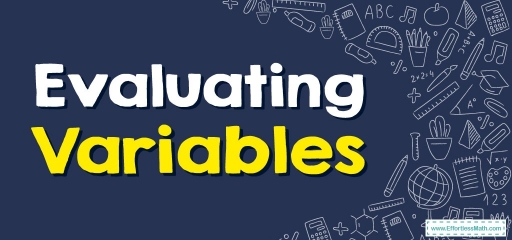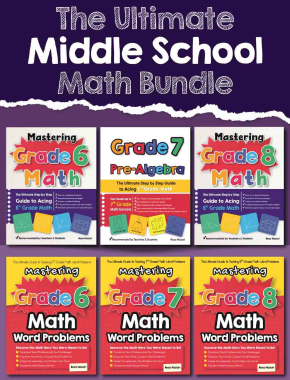Evaluating Variables and Expressions
In this article, we will teach you how to evaluate an expression that has variables.
[include_netrun_products_block from-products="product/6-south-carolina-sc-ready-grade-3-math-practice-tests/" product-list-class="bundle-products float-left" product-item-class="float-left" product-item-image-container-class="p-0 float-left" product-item-image-container-size="col-2" product-item-image-container-custom-style="" product-item-container-size="" product-item-add-to-cart-class="btn-accent btn-purchase-ajax" product-item-button-custom-url="{url}/?ajax-add-to-cart={id}" product-item-button-custom-url-if-not-salable="{productUrl} product-item-container-class="" product-item-element-order="image,title,purchase,price" product-item-title-size="" product-item-title-wrapper-size="col-10" product-item-title-tag="h3" product-item-title-class="mt-0" product-item-title-wrapper-class="float-left pr-0" product-item-price-size="" product-item-purchase-size="" product-item-purchase-wrapper-size="" product-item-price-wrapper-class="pr-0 float-left" product-item-price-wrapper-size="col-10" product-item-read-more-text="" product-item-add-to-cart-text="" product-item-add-to-cart-custom-attribute="title='Purchase this book with single click'" product-item-thumbnail-size="290-380" show-details="false" show-excerpt="false" paginate="false" lazy-load="true"]

With the expression \(x+3\), then \(3\) is known as a constant since it doesn’t vary, and the \(x\) is known as a variable since it can change. (When giving a name to the variable, disregard any exponents or radicals, including the variable.)
Algebraic expressions are a group of constants and variables joined together via algebraic operations of subtraction, addition, division, and multiplication.
Variables are letters, for instance, \(x, y\) or \(z\), which signify an undetermined number.
Any variable within an algebraic expression can take on or be designated various values. Whenever that occurs, the value of that algebraic expression will change.
When evaluating an algebraic expression, it means you have to figure out the expression’s value for a given value of each of the variables within the expression.
If you are aware of the variables’ values, it’s possible to replace the variables with their values, then evaluate your expression.
Related Topics
How do you evaluate variables?
STEP one: Switch each variable in your expression with its given value
STEP two: Simplify the resultant expression utilizing the order of operations.
STEP three: If this algebraic expression comprises over one variable, substitute each variable with the assigned value, then simplify the expression like before.
Evaluating Variables – Example 1:
Simplify. \(a-1, a=4\)
Solution:
We place the value of the variable in the expression: \(a-1=4-1=3\)
Evaluating Variables – Example 2:
Simplify. \(2x+y, x=2, y=3\)
Solution:
Substitute \(2\) for \(x\), and \(3\) for \(y\), then:
\(2x \ + \ y =2 \ (2) \ + \ 3 =4 \ + \ 3=7 \)
Exercises for Evaluating Variables
Simplify each algebraic expression.
- \(\color{blue}{x + 3y – 1, \\ x = 1, y = 3 } \\\)
- \(\color{blue}{3a – 4, \\ a = 4} \\ \)
- \(\color{blue}{5 + 5x – y, \\ x = 1, y = 3} \\ \)
- \(\color{blue}{x + 15, \\ x = 10} \\ \)
- \(\color{blue}{2 – 2x +y, \\ x = 7, y = 2} \\ \)
Answers
- \(\color{blue}{9}\)
- \(\color{blue}{8}\)
- \(\color{blue}{7}\)
- \(\color{blue}{25}\)
- \(\color{blue}{14}\)
Related to This Article
More math articles
- Newton’s Technique to Fish Out the Roots
- Additive and multiplicative relationships
- 7th Grade CMAS Math Worksheets: FREE & Printable
- 8th Grade AZMerit Math Worksheets: FREE & Printable
- How to Solve Problems Using Venn Diagrams
- How to Solve Word Problems on Dividing Whole Numbers by Unit Fractions
- Grade 3 Math: Multiplying by 10s and 100s
- Fundamentals of Geometry: The Concept of Lines, Rays, and Angles
- Grade 3 Math: Telling Time
- 10 Most Common 5th Grade PSSA Math Questions



















What people say about "Evaluating Variables and Expressions - Effortless Math: We Help Students Learn to LOVE Mathematics"?
No one replied yet.